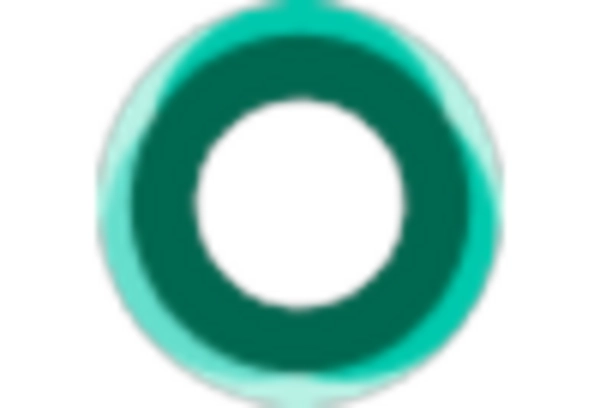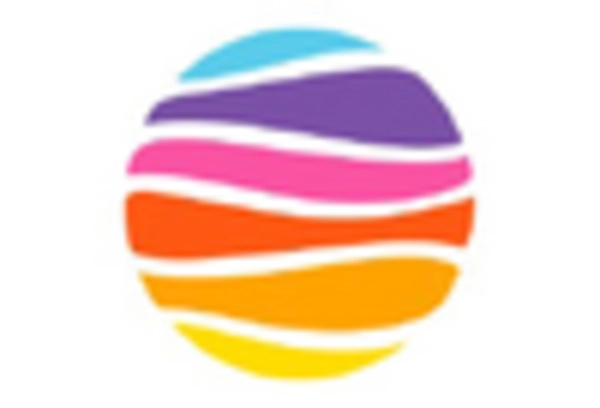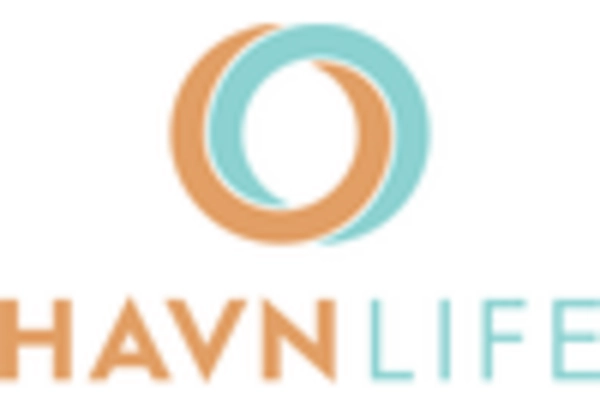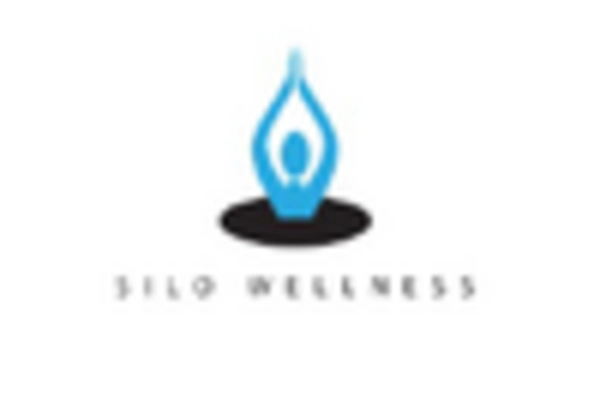Changing Legal Landscape
The evolving legal landscape surrounding psychedelics is a crucial factor influencing the Psychedelic Mushroom Market. Several jurisdictions are beginning to decriminalize or legalize the use of psilocybin for therapeutic purposes. This shift in policy is likely to create a more favorable environment for research, development, and commercialization of psychedelic mushrooms. For instance, recent legislative changes in various regions have allowed for clinical trials and the establishment of regulated frameworks for the use of psychedelics in therapy. As more regions adopt progressive policies, the Psychedelic Mushroom Market may witness accelerated growth, with increased accessibility for patients seeking alternative treatments.
Advancements in Clinical Research
Advancements in clinical research are propelling the Psychedelic Mushroom Market into a new era of understanding and application. Recent studies have provided compelling evidence supporting the therapeutic benefits of psilocybin, particularly in treating various mental health conditions. These findings are not only enhancing the scientific credibility of psychedelics but also paving the way for regulatory approvals and mainstream acceptance. As research methodologies improve and more rigorous trials are conducted, the Psychedelic Mushroom Market is likely to see a surge in validated treatment options, which could significantly expand its market reach and influence.
Rising Interest in Mental Health Solutions
The Psychedelic Mushroom Market is experiencing a notable surge in interest due to the increasing prevalence of mental health disorders. Research indicates that conditions such as depression, anxiety, and PTSD are becoming more widespread, prompting a search for alternative treatments. Psychedelic mushrooms, particularly those containing psilocybin, have shown promise in clinical trials, suggesting their potential efficacy in alleviating symptoms associated with these disorders. As mental health awareness grows, the demand for innovative therapeutic options is likely to expand, thereby driving the Psychedelic Mushroom Market forward. Furthermore, the market could see a compound annual growth rate (CAGR) of over 15% in the coming years, reflecting the urgency for effective mental health solutions.
Increased Investment in Psychedelic Research
Investment in psychedelic research is a significant driver for the Psychedelic Mushroom Market. Numerous venture capital firms and pharmaceutical companies are allocating substantial funds towards the exploration of psychedelics for therapeutic use. This influx of capital is facilitating advanced research and development, which may lead to the discovery of new applications for psychedelic mushrooms. As of 2025, the total investment in psychedelic research has reportedly exceeded 1 billion dollars, indicating a robust commitment to understanding the therapeutic potential of these substances. This financial backing not only accelerates the pace of research but also enhances the credibility of the Psychedelic Mushroom Market, attracting further interest from stakeholders.
Cultural Shifts Towards Alternative Therapies
Cultural attitudes towards alternative therapies are shifting, which is positively impacting the Psychedelic Mushroom Market. There is a growing acceptance of non-traditional treatment modalities, particularly among younger demographics who are more open to exploring psychedelics as a means of personal growth and healing. This cultural shift is reflected in the increasing popularity of wellness retreats and workshops that incorporate psychedelic experiences. As societal norms evolve, the Psychedelic Mushroom Market is likely to benefit from a broader consumer base that seeks holistic approaches to mental health and well-being, potentially leading to increased market penetration.


















Leave a Comment